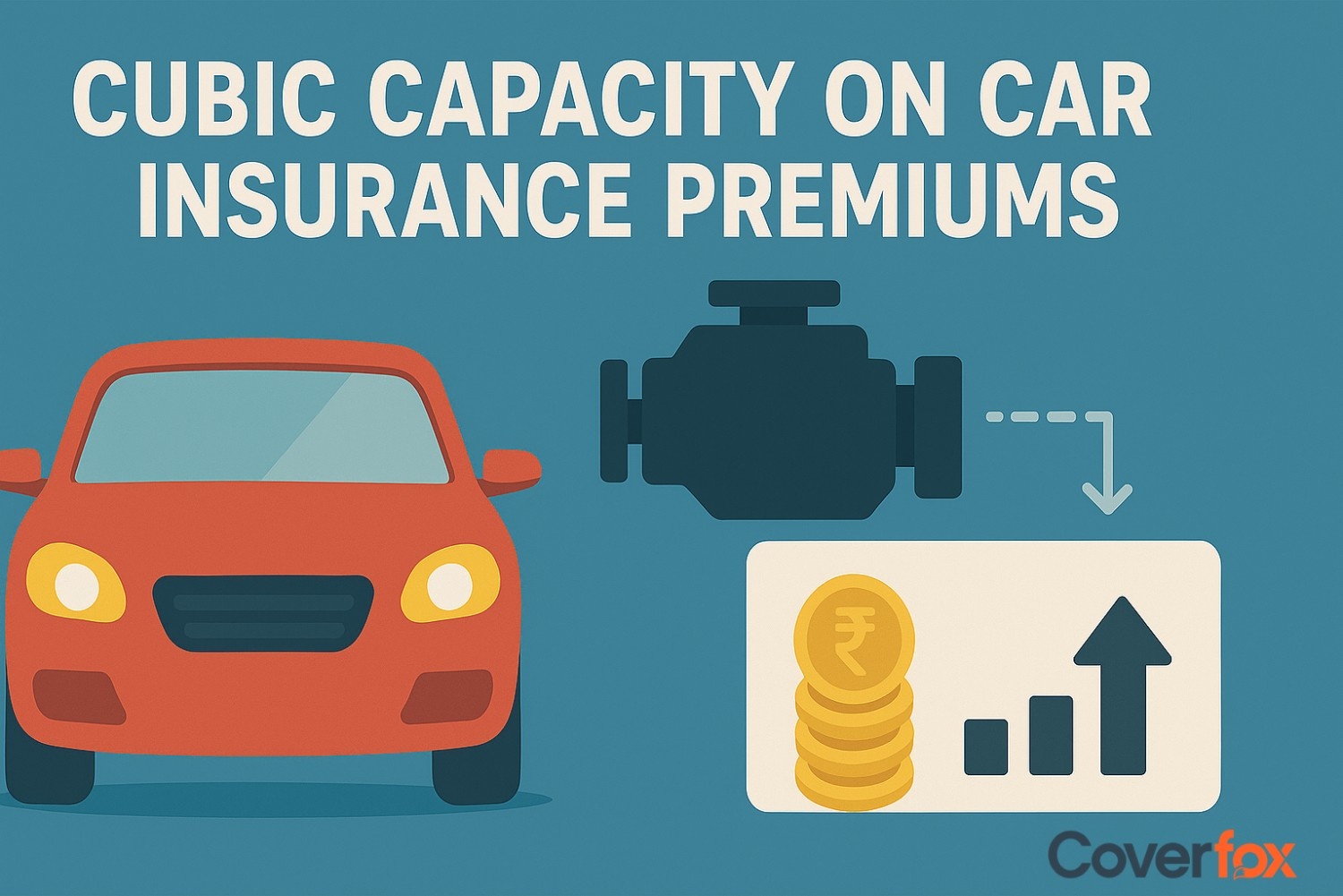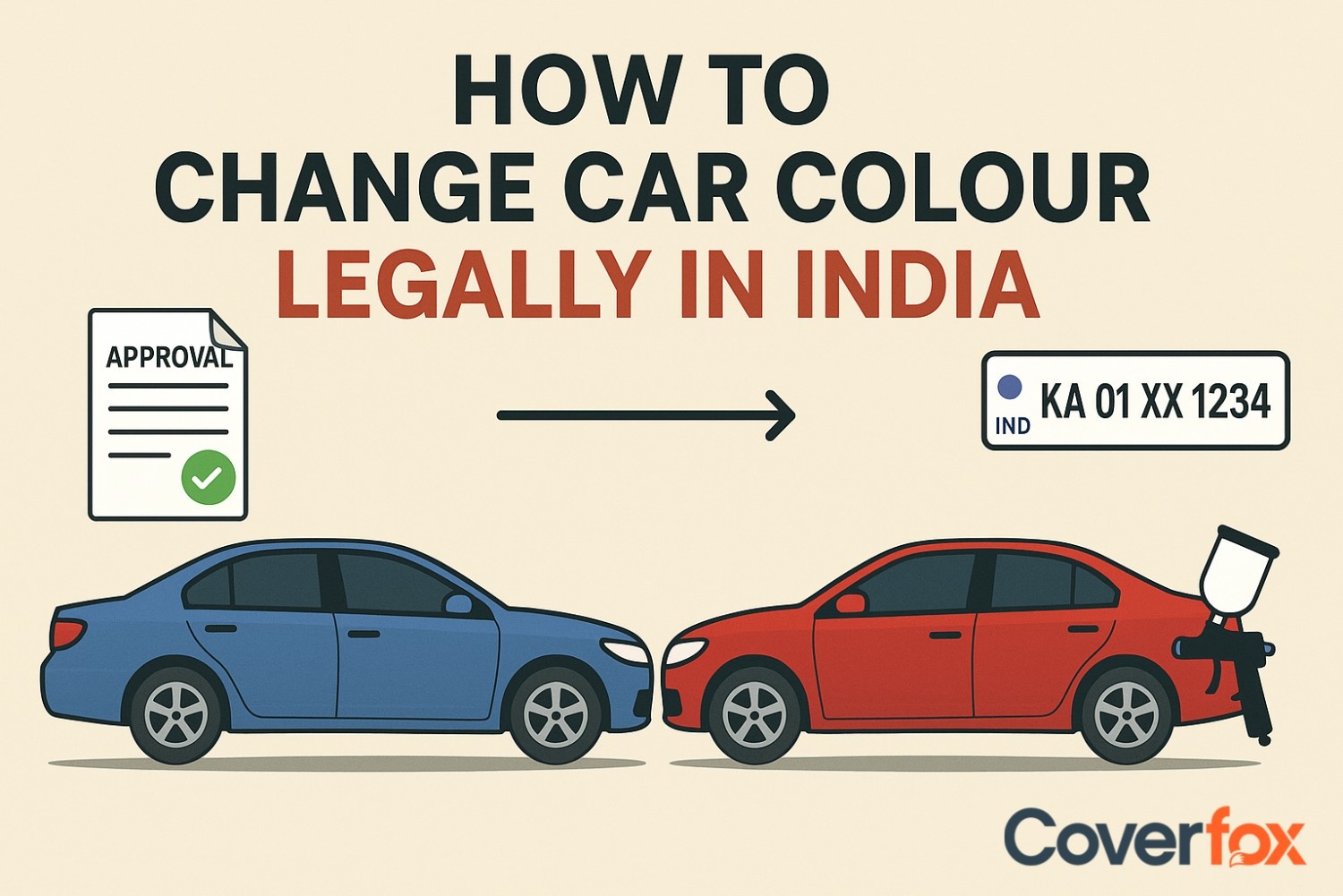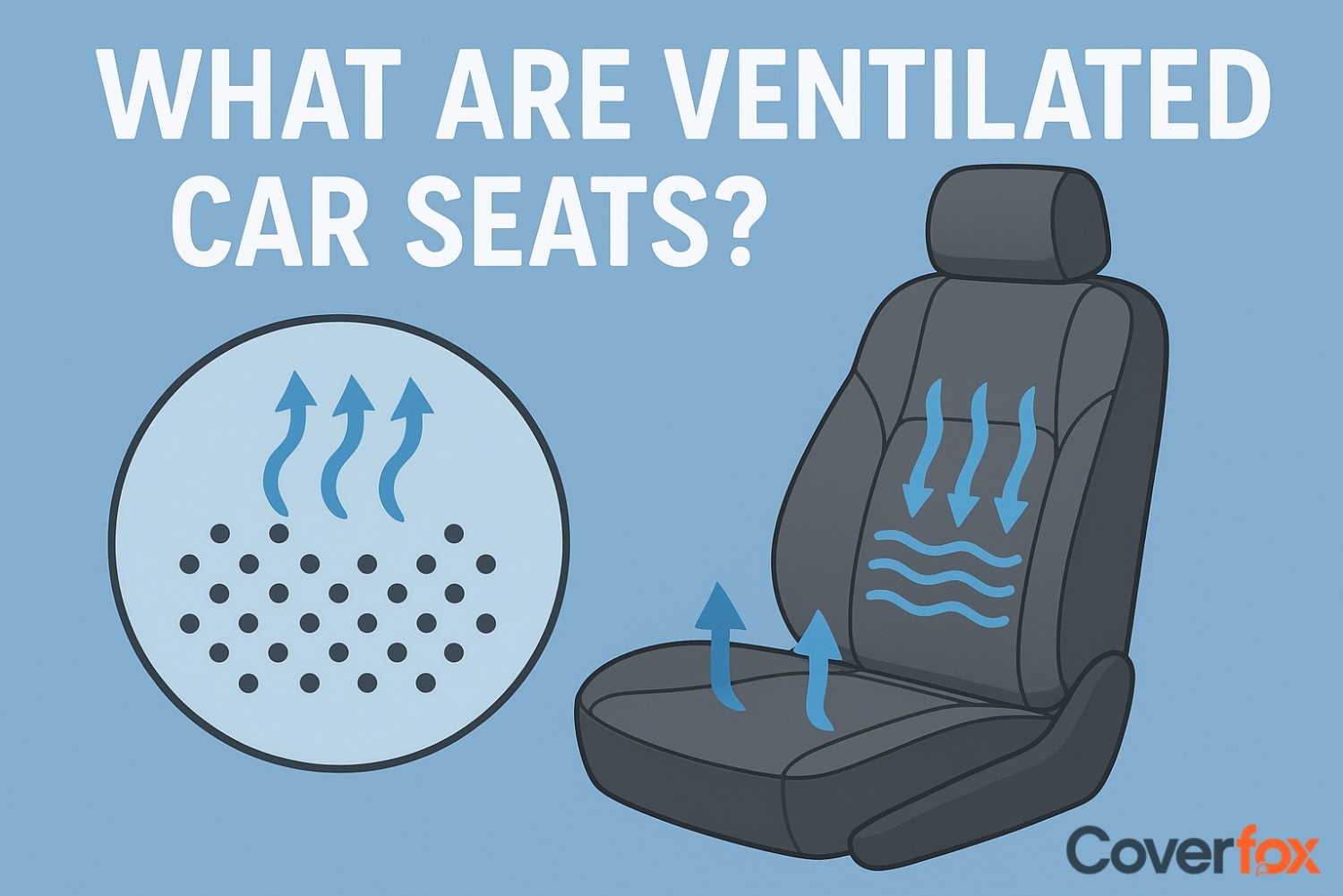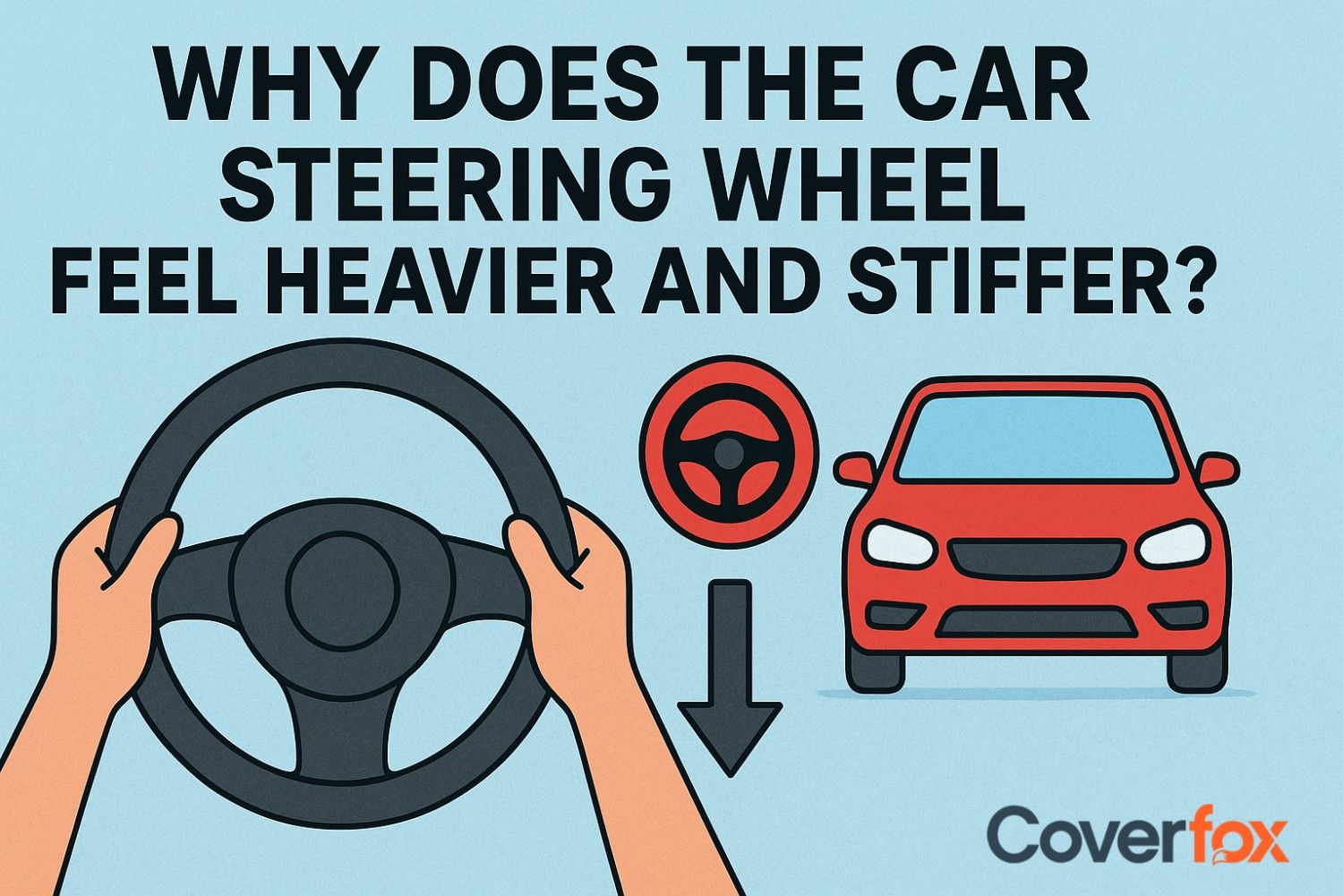Taking a closer look at the essential elements of auto insurance reveals the importance of insured declared value (IDV). Is choosing a larger IDV, however, actually the best way to get better auto insurance? Together, we will negotiate the complexities of IDV and ascertain how it affects your insurance coverage.

When it comes to car insurance, there are many factors to consider. One of the most important is the Insured Declared Value (IDV). But what exactly is IDV, and does a higher IDV mean better car insurance? In this article, we’ll explore the concept of IDV and its impact on car insurance.
What is IDV?
IDV is a common term you must have seen across various car insurance pages. Let us break down what IDV means for you, so that you can get a better grasp on what IDV stands for in car insurance.
Understanding the Basics
The Insured Declared Value (IDV), often shortened as IDV, is the upper limit sum your insurance company will provide if your vehicle is completely stolen or lost.
Put more simply, it's your car's current market value.
The vehicle's advertised selling price from the manufacturer less the depreciation value is how the IDV is determined. Your auto insurance premium is then calculated using this figure.
Why is IDV Important?
An important consideration when setting the price of your auto insurance is the IDV. A lower IDV corresponds to a lower premium, whereas a greater IDV corresponds to a larger premium.
The IDV not only influences the premium but also considerably affects the total amount you would receive if your car is irretrievably lost or stolen.
Is Higher IDV Better?
While on paper, a higher IDV means higher market value of your car, right? Well, actually higher IDV is not exactly all butterflies – there are some negative points to it as well. Here are pros and cons of a Higher IDV:
Pros of a Higher IDV
Your automobile will be worth more on the market if its IDV is higher, which means you will get more money back if it is stolen or completely lost. This can help you pay for the expense of replacing your car, which might be advantageous if you drive a fancy or new car.
Long-term benefits may result from paying a higher premium associated with a greater IDV. Your out-of-pocket payments will be minimized in the event of an accident because the insurance company will pay a larger percentage of the repair costs.
Cons of a Higher IDV
While a higher IDV may seem like the better option, there are some drawbacks to consider. The higher premium can be a significant financial burden, especially if you have a tight budget. Additionally, a higher IDV may not always be necessary, especially if your car is older or has a lower market value.
What is the Ideal IDV?
So now the question arises about what is the ideal IDV to set a proper balance between insurance premium, car value, and coverage. To help you set the best IDV for your car, look out for:
Factors to Consider
When determining the ideal IDV for your car insurance policy, there are a few factors to consider. These include the age and condition of your car, the market value of your car, and your budget.
If you have a new or expensive car, a higher IDV may be the best option. However, if your car is older or has a lower market value, a lower IDV may be more suitable.
The Importance of Accurate IDV
It is crucial to have an accurate IDV for your car insurance policy. An overvalued IDV can result in a higher premium, while an undervalued IDV can lead to inadequate compensation in case of a total loss or theft.
To ensure an accurate IDV, it is recommended to get your car evaluated by a certified automobile engineer. This will help you determine the current market value of your car and set an appropriate IDV for your insurance policy.
Should IDV be More or Less?
IDV can be lower or higher – it all depends on your needs, location and how secure your car is. Let us settle this once and for all and help you decide what's best for you:
The Debate
There is a debate among car owners about whether the IDV should be more or less. Some argue that a higher IDV is better as it provides better coverage in case of a total loss or theft. Others believe that a lower IDV is more cost-effective and sufficient for their needs.
Finding the Right Balance
The truth is, there is no one-size-fits-all answer to this question. The ideal IDV will vary depending on your car, your budget, and your personal preferences. It is essential to find the right balance between a higher IDV for better coverage and a lower IDV for a more affordable premium.
The Role of Personal Preferences
Ultimately, the decision between a high or low IDV will depend on your personal preferences. Some car owners may prioritize better coverage and opt for a higher IDV, while others may prioritize affordability and choose a lower IDV.
The Verdict
So, is a higher IDV better in car insurance? The answer is not a simple yes or no. The ideal IDV will vary depending on your car, your budget, and your personal preferences. It is essential to find the right balance between a higher IDV for better coverage and a lower IDV for a more affordable premium.
How Is the Insured Declared Value (IDV) of a Car Determined
Insurance companies generally use the following formula to calculate IDV:
- IDV = Current market value of the car – Depreciation
If your car has additional accessories that weren't part of the original model, the formula changes slightly:
- IDV = (Manufacturer’s listed price – depreciation on car) + (Cost of added accessories – depreciation on accessories)
The key takeaway? The greater the depreciation, the lower your car’s IDV—and that ultimately affects the maximum amount you can claim in case of total loss or theft.
To set the correct IDV for your car, you should understand how depreciation works for your aging car. The IRDAI has a fixed depreciation schedule for cars as per their age. This schedule is used by the insurance companies to calculate the depreciation percentage that will be deducted from the market value to calculate the right amount of IDV
| Age of car | Depreciation Percentage |
|---|---|
| Less than 6 months | 5% |
| More than 6 months but not exceeding 1 year | 15% |
| More than 1 year but not exceeding 2 years | 20% |
| More than 2 years but not exceeding 3 years | 30% |
| More than 3 years but not exceeding 4 years | 40% |
| More than 4 years but not exceeding 5 years | 50% |
Conclusion
IDV plays a major role in deciding how much your auto insurance will cost and what it will cover. A greater IDV can lead to a higher premium, even if it might offer better coverage. Conversely, a lower IDV could be less expensive, but it might not offer enough protection in the event of a complete loss or theft. The best IDV will ultimately rely on your individual preferences and striking the correct balance between cost and coverage.
In the event that you are unsure of which IDV is best for your car insurance policy, you should consult an insurance agent or a certified automotive engineer. They can assist you in assessing your vehicle and choosing the best IDV for your requirements. You may drive with confidence knowing that your automobile is sufficiently insured in the event of any unanticipated circumstances if you have the appropriate IDV.
Also Read: What is Insured Declared Value?
Frequently Asked Questions
Is it better to have a higher IDV?
A higher IDV ensures you receive better compensation in case of total loss or theft. However, it also leads to a slightly higher premium. The key is to choose an IDV that reflects the accurate market value of your car for fair coverage.
What are the benefits of IDV?
IDV acts as the maximum claim amount in case of theft or total damage. It protects you from financial loss and ensures your car is adequately insured as per its age and current value.
Is there any difference in the IDV of commercial and private vehicles?
Yes, the IDV of commercial and private vehicles is calculated differently, considering different usage patterns, depreciation rates, and risk profiles. Commercial vehicles usually have more wear and tear, leading to a quicker drop in IDV.
How much IDV should I keep for my car?
You should opt for an IDV that closely matches your car’s current market value. Setting it too high increases premiums unnecessarily, while too low can lead to inadequate compensation during a claim.
Can I modify the IDV during the policy period?
No, the IDV is fixed at the start of the policy and remains unchanged throughout the policy term. However, you can revise it at the time of renewal based on your car’s updated value and condition.
How is the IDV determined for an older car?
For older vehicles (usually above 5 years), IDV is mutually agreed upon by the insurer and policyholder, as standard depreciation tables may not apply. The insurer may assess the car’s condition, model, and prevailing market value to arrive at a fair IDV.






